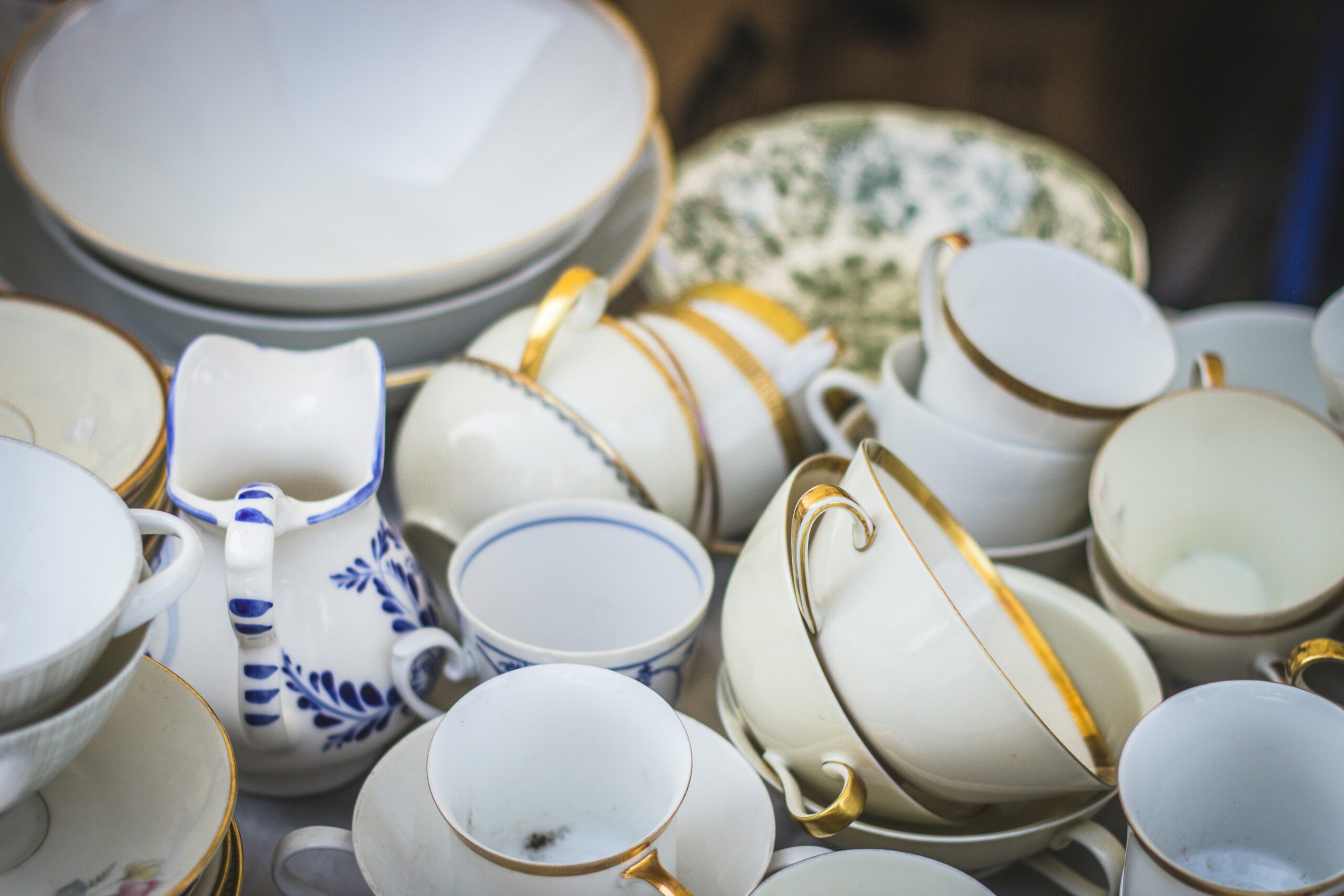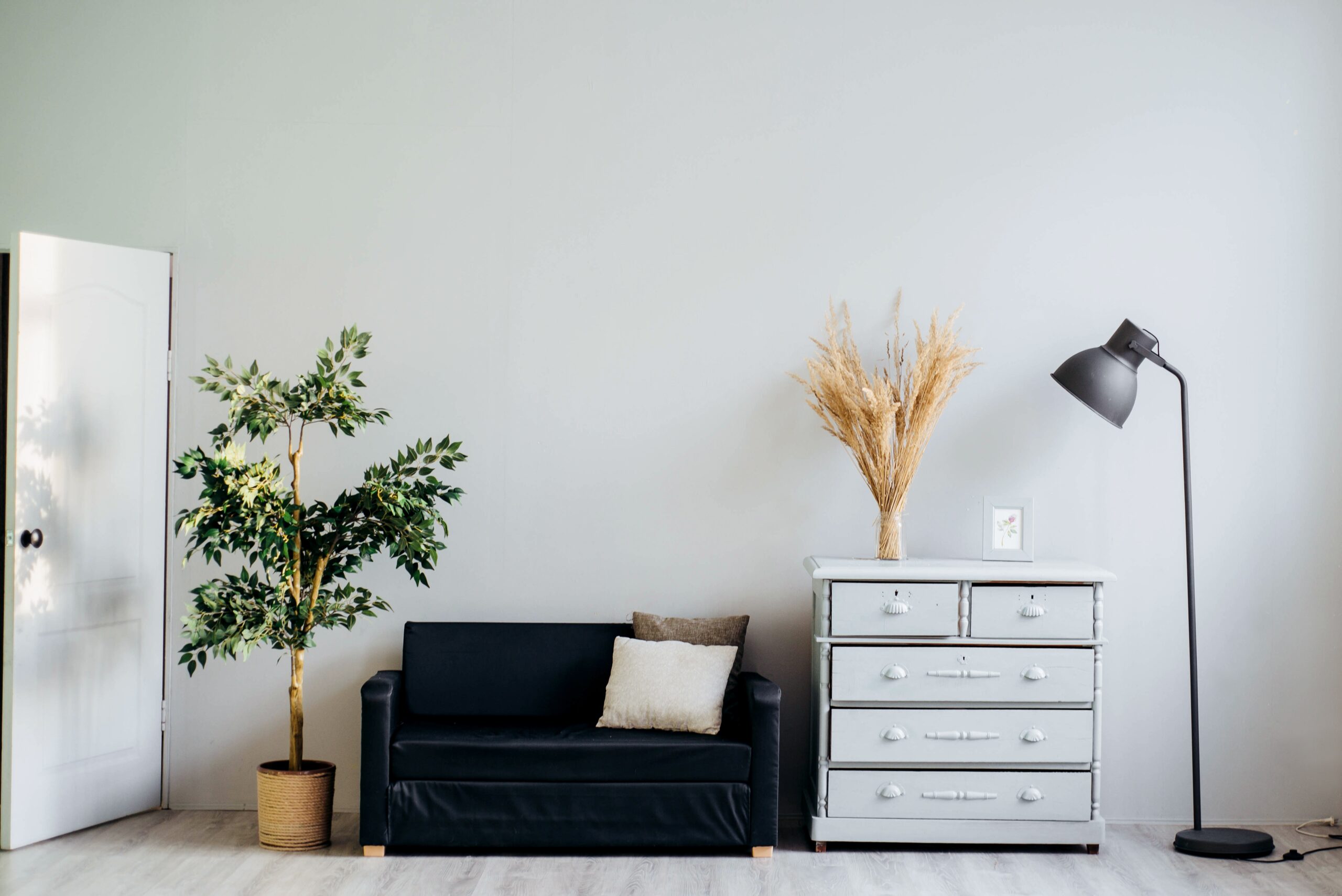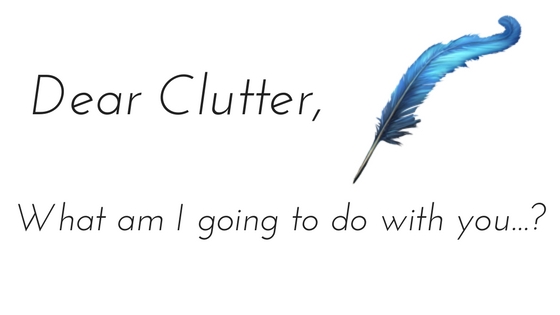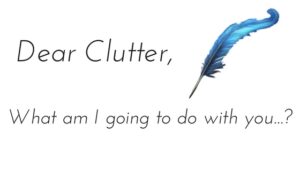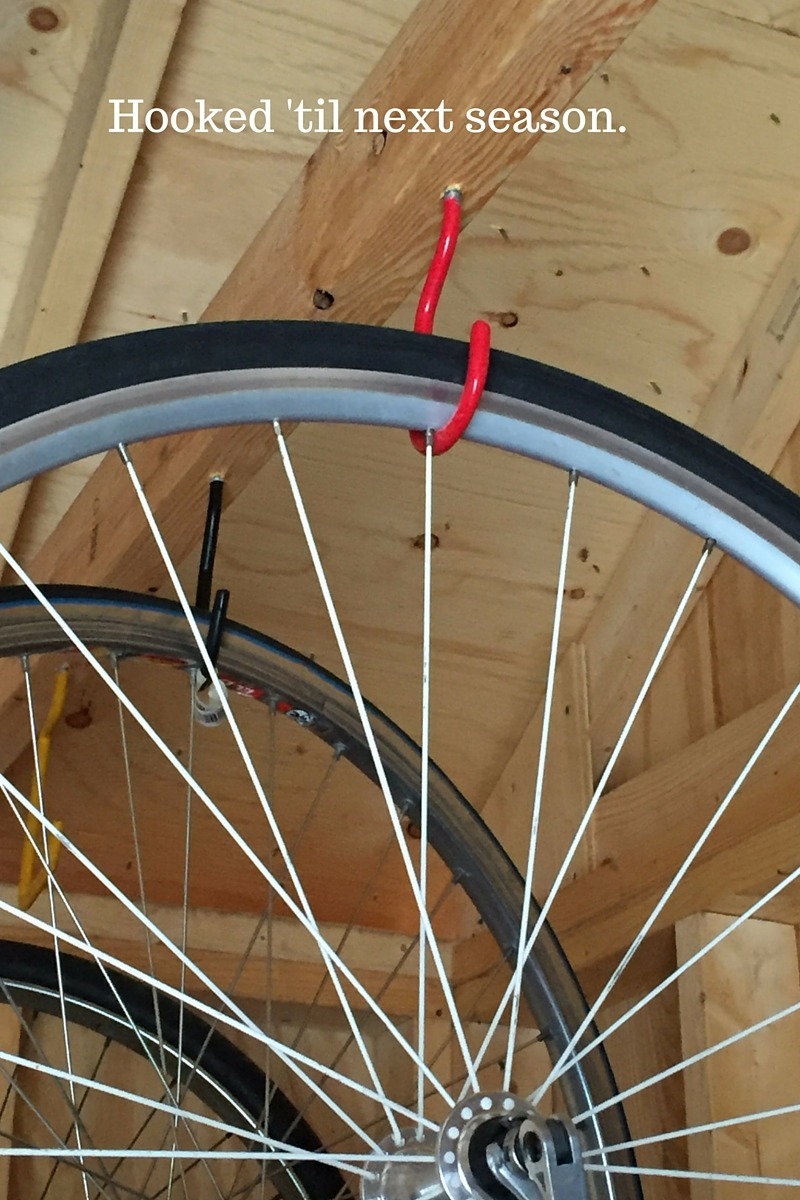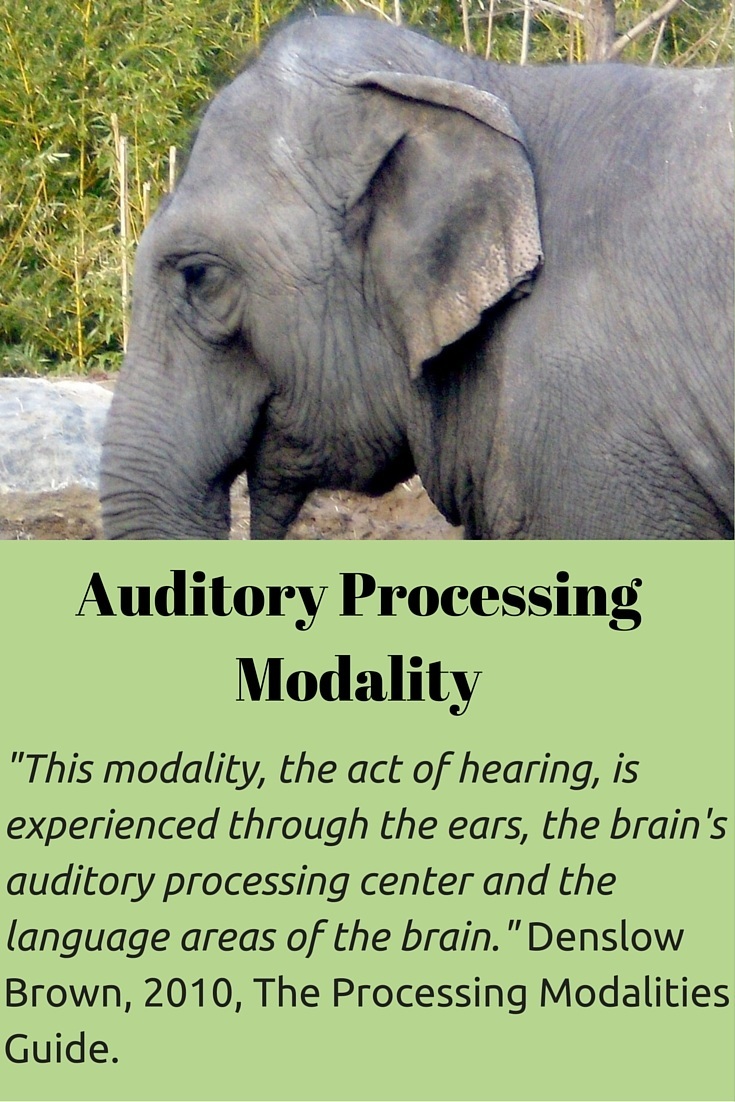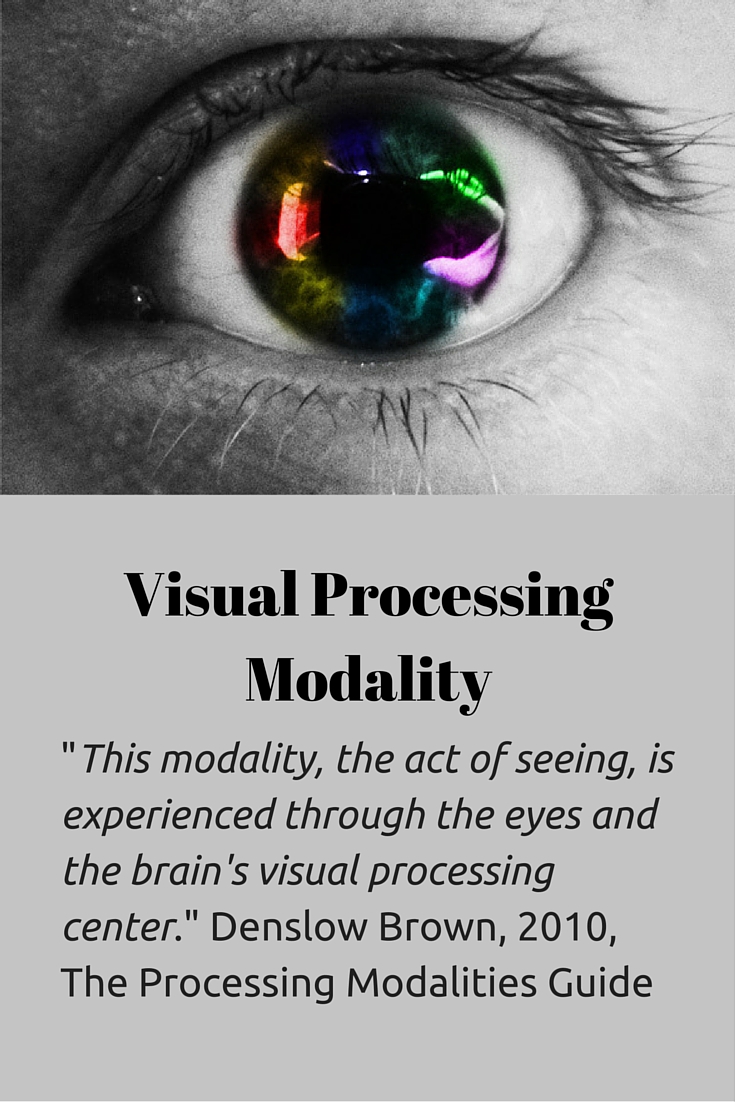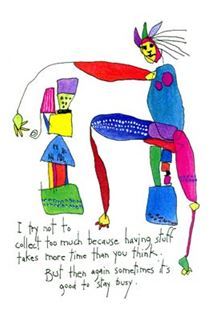 Many people don’t realize there is a declutter difference between backlog and day to day. Not all clutter is created equally. This will help.
Many people don’t realize there is a declutter difference between backlog and day to day. Not all clutter is created equally. This will help.
The Declutter Dilemma
Touch it once. Deal with it now. Don’t put it down put it away.
These are all great organizing principles. EXCEPT they only apply to day-to-day decluttering.
If you are dealing with a backlog these strategies will have you frustrated, overwhelmed and a victim of decision fatigue in no time. UGH!
There is a declutter difference between the two type of organizing. One, clearing a backlog, is all about managing large amounts of material as quickly. On the other hand, managing paper, clothes, dishes or documents on a day-to-day basis is quite a separate process.
Here are some strategies that will help you manage the declutter difference and get your space organized to feel calmer and back in control.
Declutter the Backlog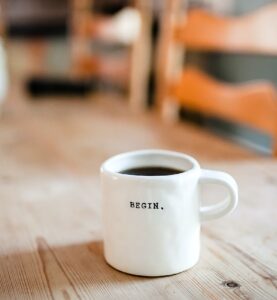
You have a large amount of material to be reviewed, sorted, purged and then organized. Welcome to the backlog. Perhaps you are preparing for a house or condo sale, or maybe a move. Or, you simply have decided you need more space and less stuff so it’s time to take action.
- Key Decision: The key decision for backlog is Discard or Keep. Make this decision as quickly as possible. Simply decide what is shed vs what is keep.
- Make it Easy: If it’s paper you are sorting, have a recycling and shredding bag or box right beside you. Anything to keep is divided into FILE or ACTION.
- Next Steps: Once this first sort has been done, you will likely find only 10-25% of the original pile is actually left with ACTION to be taken. Take out the recycling. Set up your shredder or find a local shredding company and pick a time to get the shredding out of the house.
- Last Step: Take the necessary action and then FIND A HOME for the items to be kept. If you are moving, that might mean packing. Having decluttered already, you will be packing and moving much less.
Managing Day-to-Day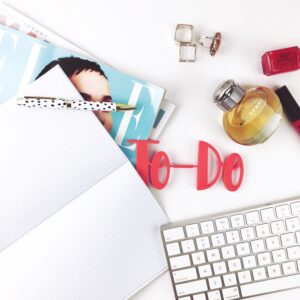
The decluttering difference with day-to-day organizing is to make sure the backlog never happens. The trick is to avoid an accumulation of belongings or paper, so that you don’t have to take the time or energy to ever clear the backlog.
- Key Decision: The key decision for day-to-day organizing is “What action needs to be taken?”
- Make it Easy: If the action to be taken requires less than 15 minutes, try and do it right away. Although this is not always possible, getting into the “do it now” attitude for those quick tasks will keep the clutter at bay. This is where “touch it once” makes sense.
- Next Steps: Once the action is taken, the following question is “Where does this need to live?”. Every item needs to have a home where it can be easily stored and retrieved. Remember, however, once the action is taken, where it needs to live might be the recycling, shredding or garbage.
- Last Steps: Put the item in its home. This is where “don’t put it down, put it away” comes in. You are done.
There is a decluttering difference between clearing a backlog versus maintaining a clutter free home or office on a day-to-day basis. Not all clutter is created equal. A different strategy is needed whether you are clearing the backlog to downsize or managing today’s mail. Have fun and keep going.

